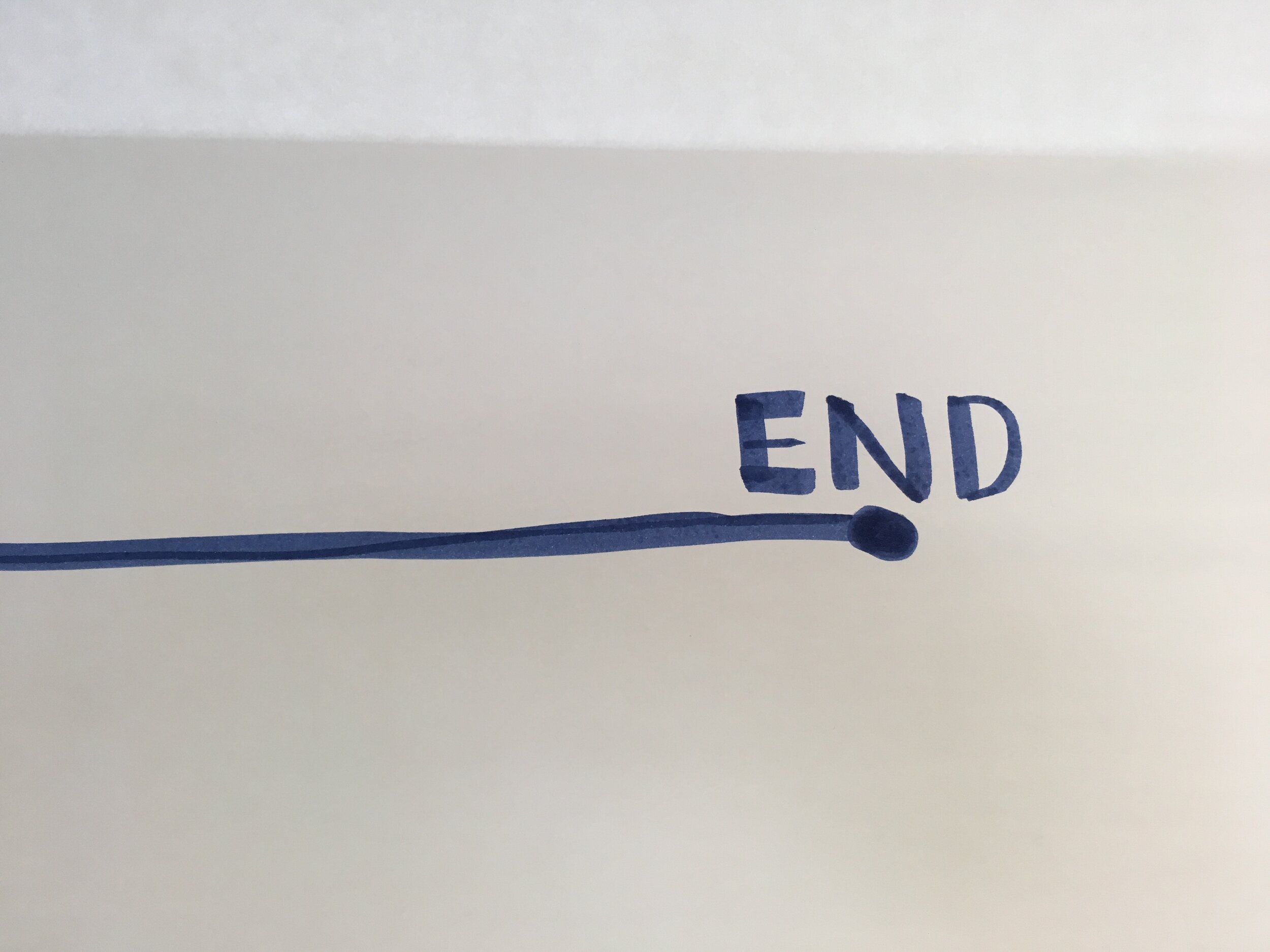Design Briefs: Begin at the End
Too many design projects begin with a brief that asks for a ‘thing’ – “we’d like an app”, “we need packaging”, “we want new branding” and immediately that is followed by a rushed search to see some people who might design that thing. Instead, what I want to discuss is not what is needed, but why it is needed – what will it achieve? Competitiveness, increased sales, bigger profile, attracting investment, launching a product into a new market, changing the world? Knowing the core purpose of any design project at the outset is vital to success.
When I develop a brief, I’m looking to capture a strategic map of the situation; what needs to be achieved; what other information has already been gathered, and; where are the gaps? My briefs are not the succinct single-sentence creative aim that many Creative Directors want to encapsulate. That will come later once an agency has been appointed. My briefs are also not a replacement for the detailed contractual documents that will later confirm payment terms, deliverables and timelines. What comes first is a background document that contains all the relevant points:
// Who are you, and what does your business do?
// What do you want to accomplish with this project?
// Why is this important right now?
// How will you know if this has been a success?
// What resources do you have – time, people, budgets?
// What have you got in place already?
// Who are you targeting?
// Who are your competitors or peers?
// Key dates and deadlines that you need to meet?
// Your key contact person, and who else will be involved?
A brief can then be sent to a shortlist of appropriate agencies so they all have the same information before coming to a ‘chemistry meeting’. This isn’t a beauty parade where everyone turns up with creative ideas and you see which one impresses you – that is free-pitching and it isn’t good for clients or designers. A chemistry meeting is an open conversation about your brief, an opportunity to meet the designers, a chance to see appropriate examples of their work, and a space to ask about the way they work. After this, an agency can be selected, the process can be clarified, and the project can begin.
Preparing, sharing and discussing as much as possible (including available budgets!) at the beginning makes expectations clear. It takes more time, but will save time and avoid frustrations later. With a clear written brief and a shared sense of what success will look like, designers are positioned to achieve the outcomes and clients can hold them accountable for delivery that will meet, or exceed, the goals.

